Hadith: A Persistent Tradition in Indian Culture
تَرَكْتُ فِيكُمْ أَمْرَيْنِ لَنْ تَضِلُّوا مَا تَمَسَّكْتُمْ بِهِمَا كِتَابَ اللَّهِ وَسُنَّةَ نَبِيِّهِ
Hadith is a corpus of the sayings or the traditions of Prophet (صلى الله عليه وسلم). As the Quran is guiding this Ummah the Hadith also guides the religious and he moral ethics of the life. Yahya related to me from Malik that he heard that the Messenger of Allah, may Allah bless him and grant him peace, said, "I have left two matters with you. As long as you hold to them, you will not go the wrong way. They are the Book of Allah (Quran) and the Sunna of His Prophet (Hadith)".
These Hadiths were highly preserved with many reports of varying length and authenticity. It is the sources through which a Muslim could understand the practices of Muhammad (صلى الله عليه وسلم) and the Muslim Ummah. After the Prophet (صلى الله عليه وسلم) these Hadiths guided the Ummah as most companions used to preserve the Hadith of Prophet (صلى الله عليه وسلم). Gradually the Hadith was collected in a systematic compile report, Tabain and Tabiu Tabain collected, classified and authenticated the Hadiths under different methodologies and aspects. Imam Bukhari and Imam Muslim were reputed to be among the most stringent of these periods. Their contributions, both entitled as Jami al- Sahih, were the most authoritative collections of Hadiths. Beside these, in different periods, scholars had contributed their work in this field like the rest of works in Sihah Sittah, the six authoritative books of Hadith.
Within a short period, the Hadith collection process gained steam, leading to the collection of numerous Hadith compilations throughout the Muslim world. This occurrence was advantageous since it gave later academics the idea to gather simplified versions of significant and relevant Hadiths for the benefit of people who lacked the necessary knowledge or time to read the large and dense collections of Hadith literature. These particular collections of Hadith were put together as Musnad or Musannaf compilations. The compiler of each of these publications was associated with a specific school of Islamic Jurisprudence. In summary, the Hadith is separate and the second main focus of Islamic Shariah. Hadith is not the exclusive source of data regarding the early history of Islam and Pre-Islamic Arabia, and for the advancement of Islamic law and thinking in general specifically. It has contributed much to creating a shared entire Islamic world's culture.
Hadith Transmission and Compilation Tradition in India
The study of hadith and its propagation have been crucial in forming India's religious and cultural landscape, safeguarding and advancing Islam's precepts, and continuing to be immensely influential in the lives of Indian Muslims. From the first moments of India's Islamic opening to Islam, the science of hadith made its way there. In Kashf Al-Zunun, Al-Jalbi mentions that a Mujahidin, who travelled to India in Allah's path; was known to be the pioneer to the science of Hadith, even if he wasn't the first author in the field of hadith. It was the beginning of second hijrah century, the science of Hadith started to expand in Arab region while the Hadith became as red Sulphur in India, in place the Fiqh, and Usul Al- Deen overtook people when the Arab’s rule had vanished from Sind and the Ghaznavid and Ghawrid kings conquered it, they were the succession of people arrived from Khurasan and Transoxiana, which continued for many centuries until the Indian trade was assimilated into Greek wisdom. Mashariq al-Anwar by Al-Saghani was the extent of Hadith in the Indian sub-continent, while some were elevated to Masabih al-Sunnah by Al-Baghawi or Mishkat al-Masabih.
By the tenth century a new renaissance was started to preserve the science of Hadith, The authors of Kanz al-ʿUmmal, Shaykh Husam ad-Din ʿAli al-Muttaqi (d. 975 AH), and Majma' al-Bihar, Shaykh Muhammad ibn Tahir al-Fatini (Patni), his pupil (d. 986 AH). These two authored outstanding works on hadith science and contributed noteworthy service to it. Next came Shaykh ʿAllāmah ʿAbd al-Haqq ibn Sayf al-Din al-Bukhari Al-Dihlawi (d. 1052 AH), who learned the science of Hadith from the scholars of the Hijaz and spread it in India, making Delhi its Centre. He set to work seriously spreading the science of Hadith and serving it by teaching and writing commentaries; as a result, the scholars turned towards the science of Hadith and the Sahih spread widely. His son and his grandchildren succeeded him in this field so the great scholars rose from every corner. Then Shaykh Al-Islam Ahmad Ibn Abdur Rahim Al-Dahlawi known to be Shah Wali Allah (died in 1176 H) travelled to Hijaz and studied the Hadith from his teacher Abu Tahir Muhammad Bin Ibrahim Al-Kurdi Al-Madani. After that, he came back to India and focused all of his fervor on the Hadith. As a result, the State of Hadith was created, and its soft wind flew from east to west, north to south, and settled upon the students—the people who were interested in the study of hadith—from even the most remote regions of the country.
After him was Shah ʿAbd al-ʿAziz ibn Wali Allah, who passed away in 1239 AH. He guided the great Hadith scholars, the most well-known and effective of whom in disseminating Hadith and training scholars. Being his grandson Shaykh Muhammad Ishaq ibn Muhammad Afdal al-'Umari (d. 1262 AH), who succeeded to the Hadith leadership in the last period and became the ultimate authority in training. And major cities became the Centre for the studies of Hadith including Bhopal, Delhi, Lucknow, Saharanpur, Panipat, Deoband and Moradabad. Shaykh Rashid Ahmad Gangohi, who studied under Shaykh ʿAbd al-Ghani ibn Abi Saʿid al-Mujaddidi, had his Centre of practice at Gangoh (died 1323 AH). His spiritual guidance, teaching, and fatwas issuance influenced most of people. He taught a wide variety of sciences before focusing solely on teaching the noble Hadith. Yahya ibn Muhammad Isma'il al-Kandahlawi, whose knowledge and intelligence were kindled, had a well-established scholarly ability. In a compilation he named al-Kawkab Al-Durri, or The Pearly Star, he collected the teachings he had received from the master on the analysis of Sunan al-Tirmidhi. In a separate book, he collected his own insights regarding the analysis of al-Jami' al-Sahih by al-Bukhari. Like these hundreds of scholars had passed away in India who had worked to preserve the Ahadith of Prophet (صلى الله عليه وسلم). Thousands of books had been published from them the most famous Sharah of Al-Bukhari was written by Anwar Shah Kashmiri named as Fayz Al-Bari ‘ala Sahih Al-Bukhari.
References
Abdul Bari Musliar. n.d. https://www.islamkavadam.com/prasthanam/keralam-panditha-pramughar-abdul-bari-muslyar.
Hanafi, Muhammad Idris Al Kandelvi As Siddiqi Al. At Taliq As Sabih Ala Mishakat Al Masabih . Digital Library Of India, 1935.
Ishaq, Muhammad. India's Contribution To The Study Of Hadith Literature. University of Dacca, 2012.
Nadwi, Dr. Bahauddeen Muhammad Jamaluddeen. قطاف ثمار الملخين في شرح صحاح الشيخين. Malapuram, 2016.
Nadwi, Shaykh Abu’ l-Hasan ʿAli al-Hasani. "How Hadith Came to India." IlmGate, 2012.
P, SAKKEER HUSSAIN. DEVELOPMENT OF ISLAMIC STUDIES IN KERALA. DEPARTMENT OF ISLAMIC STUDIES, 2010.
RASHID, DR RAFAQAT. EVALUATION OF MISHKAT AL-MASABIH AS A SOURCE BOOK OF HADITH AND ISLAMIC JURISPRUDENCE. JANUARY 31, 2018.
RASHID, DR RAFAQAT. EVALUATION OF MISHKAT AL-MASABIH AS A SOURCE BOOK OF HADITH AND ISLAMIC JURISPRUDENCE. January 31, 2018.
Sayeed, Asma. Hadith. Oct 20, 2023. https://www.britannica.com/biography/al-Bukhari.
Siddiqi, Dr. Muhammad Zubayr. Hadith Literature. Calcutta University, n.d.
أنس سي تي. "النشاطات الحديثية في كيرلا." 100. جامعة دار الهدى الاسلامية، الهند، 2014.
About the author
Mohamed Thaha, Chennai, Tamil Nadu. PG scholar, Department of Quran and Related Sciences, Darul Huda Islamic University, Kerala.
Disclaimer
The views expressed in this article are the author’s own and do not necessarily mirror Islamonweb’s editorial stance.

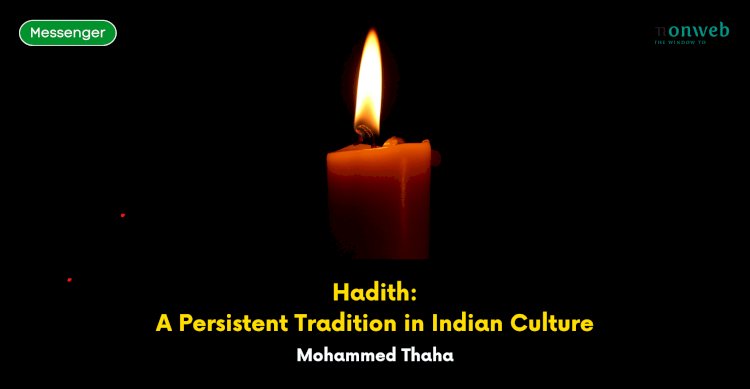


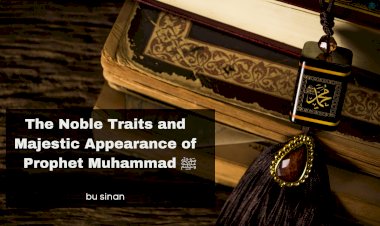

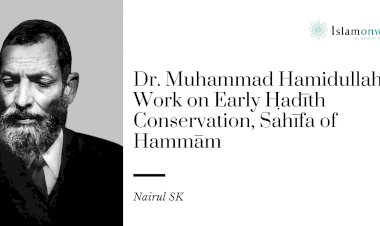
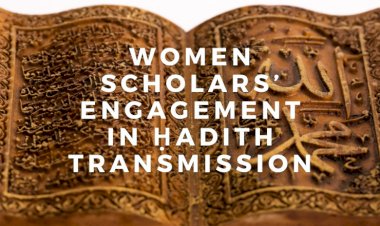
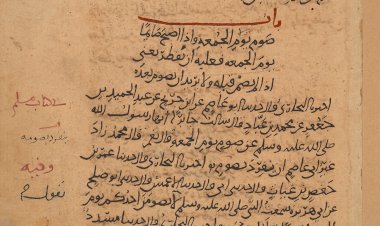
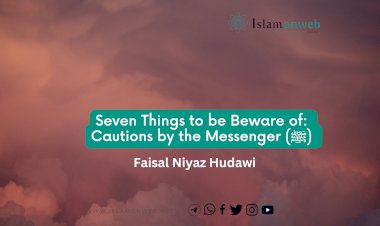














Leave A Comment